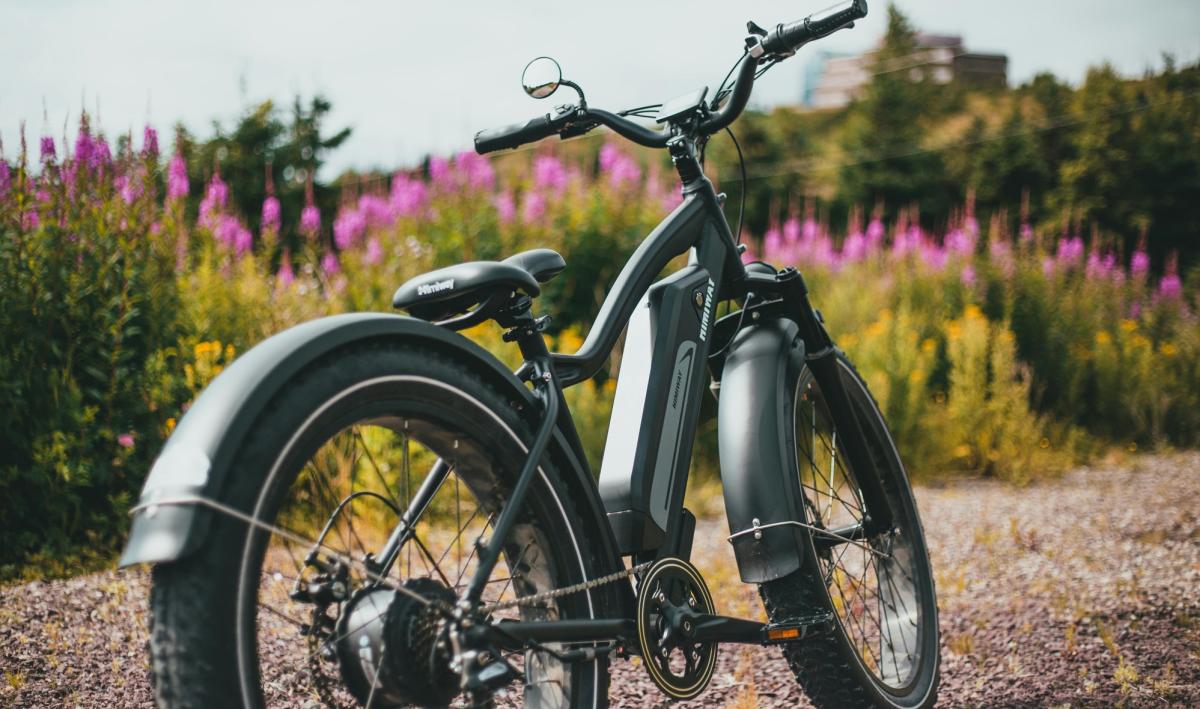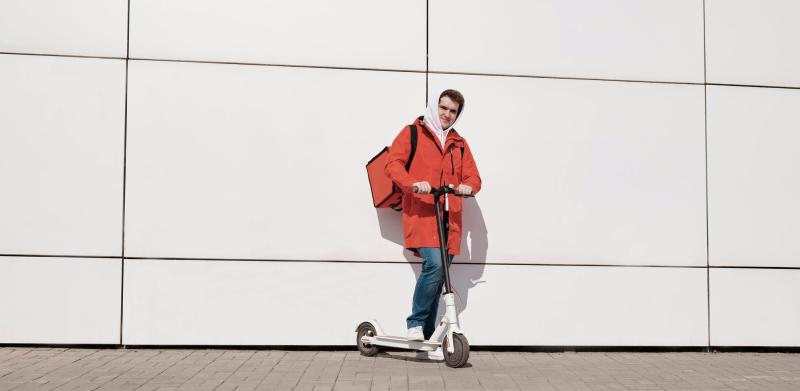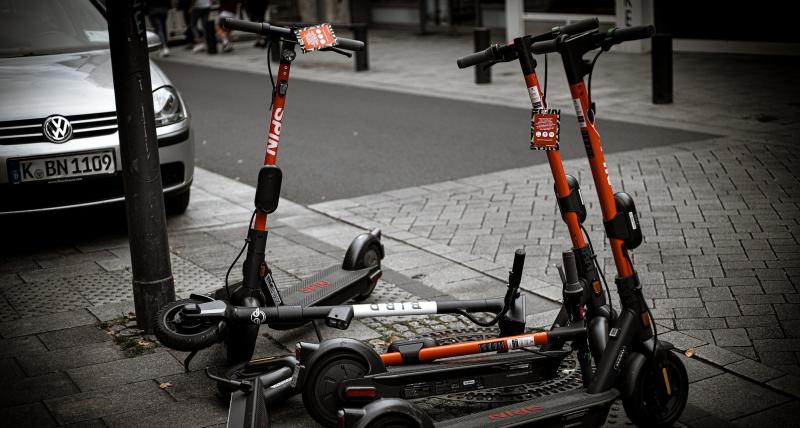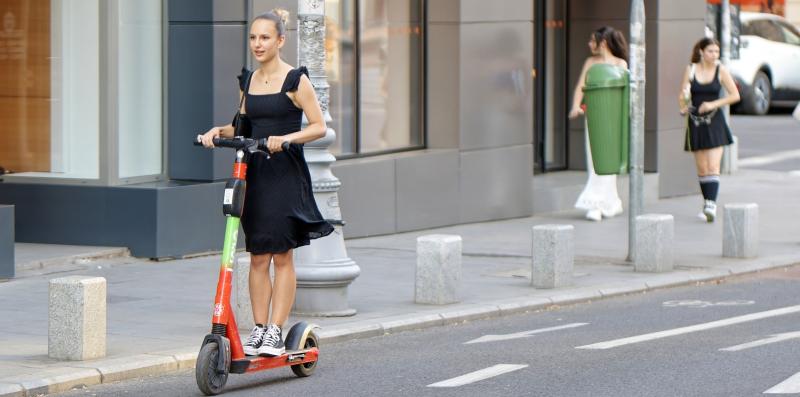Electric bikes (e-bikes) are reliable and convenient, but like any piece of technology, they can encounter problems from time to time. Knowing how to troubleshoot common electric bike issues can save you time and money, ensuring that you spend more time riding and less time dealing with repairs. In this guide, we’ll cover the most common e-bike problems and how to fix them, from battery issues to motor malfunctions.
Why Troubleshooting Your E-Bike Is Important
Understanding how to diagnose and fix common electric bike problems not only helps you avoid costly repair bills but also gives you a deeper understanding of how your e-bike functions. By identifying and addressing minor issues early, you can prevent them from turning into major problems and extend the lifespan of your e-bike.
Common Electric Bike Problems and How to Troubleshoot Them
1. E-Bike Won’t Turn On
If your e-bike isn’t powering on, the issue could be related to the battery, connections, or the control unit. Here’s how to troubleshoot the problem:
- Check the Battery: Ensure that the battery is fully charged and properly seated in its holder. If your battery is removable, try taking it out and reinserting it to ensure a good connection.
- Inspect the Power Button: Make sure the power button is functioning and not stuck. Some e-bikes have a power switch on both the battery and the handlebars—make sure both are turned on.
- Test the Connections: Inspect the battery connections and wiring for any signs of damage or loose connections. Tighten any loose connectors, and ensure that the wires are intact.
- Check the Fuse: Some e-bikes have a fuse on the battery or controller. If the fuse is blown, replace it with a compatible one to restore power.
2. Battery Drains Too Quickly
If you’re noticing a significant drop in battery range, there are a few factors to consider:
- Check Tire Pressure: Under-inflated tires create more rolling resistance, causing the motor to use more power. Keep your tires properly inflated to the recommended PSI for better efficiency.
- Use Lower Assist Levels: Riding in high-power assist modes drains the battery faster. Use lower assist levels when riding on flat terrain to conserve battery life.
- Inspect the Battery: Over time, e-bike batteries can lose capacity. If your battery is old, it may not hold a charge as well as it used to. Consider testing the battery with a voltmeter to see if it’s delivering the correct voltage.
- Check for Parasitic Drains: Some accessories, like lights or displays, can drain the battery if left on. Make sure all accessories are turned off when not in use.
3. Motor Makes Unusual Noises
A noisy motor can indicate mechanical or electrical issues that need attention. Here’s what to check:
- Inspect for Loose Parts: Check the motor mounting bolts, spokes, and other components to ensure everything is securely tightened. Loose parts can cause rattling or clicking noises.
- Check the Chain and Gears: A dry or misaligned chain can cause noise. Lubricate the chain regularly and check that the gears are properly adjusted.
- Listen for Grinding Sounds: If you hear a grinding noise, the issue could be internal to the motor, such as worn bearings. In this case, consult a professional for further inspection.
- Test the Motor Connections: Inspect the motor’s wiring and connections for damage or loose plugs. Secure any loose wires and ensure the connectors are firmly attached.
4. E-Bike Suddenly Loses Power
If your e-bike shuts off unexpectedly, it’s often due to a loose connection, battery issue, or controller problem. Here’s how to troubleshoot:
- Check Battery Connections: A loose battery connection can cause the bike to lose power. Ensure that the battery is securely locked into place and that all connectors are tight.
- Inspect the Controller: The controller manages the flow of power from the battery to the motor. Check the controller’s connections and look for any loose or frayed wires.
- Monitor the Display: If your e-bike has a digital display, look for any error codes or warning lights that could indicate the cause of the power loss.
- Test the Throttle and Pedal Assist: Sometimes, issues with the throttle or pedal assist sensors can cause the bike to lose power. Test these components individually to see if they’re working correctly.
5. Display Not Working or Showing Errors
A malfunctioning display can make it difficult to monitor your e-bike’s status. Here’s what to do if your display isn’t working:
- Check the Wiring: Inspect the wiring leading to the display for any damage or loose connections. Reconnect any loose wires and ensure that the connectors are properly seated.
- Reset the Display: Some e-bikes allow you to reset the display by holding down a combination of buttons (usually the power and mode buttons). Refer to your bike’s manual for specific instructions.
- Inspect the Battery: If the display isn’t turning on, the battery may not be supplying enough power. Charge the battery fully and test the display again.
- Update Firmware: Some e-bike displays have firmware that can be updated. Check the manufacturer’s website for any firmware updates that may resolve display issues.
6. Pedal Assist Not Engaging
If the pedal assist system isn’t working as expected, the issue could be related to the sensors or settings:
- Check the Pedal Assist Sensor (PAS): The PAS is usually located near the crankset and detects your pedaling to activate the motor. Ensure that the sensor is clean, properly aligned, and securely attached.
- Inspect the Magnet Ring: Some e-bikes use a magnet ring on the pedal crank to detect movement. If the magnets are misaligned or missing, the pedal assist may not work. Adjust or replace the magnet ring if needed.
- Check Assist Settings: Make sure the pedal assist mode is enabled in your display settings. Some e-bikes allow you to adjust the sensitivity of the pedal assist, so double-check the configuration.
7. Brakes Not Working Properly
Properly functioning brakes are essential for safety. If your e-bike’s brakes are not performing as they should, try the following:
- Check Brake Pads: Inspect the brake pads for wear and replace them if they’re too thin. Worn pads reduce braking effectiveness and increase stopping distance.
- Adjust Brake Cables: If your brakes feel loose, adjust the tension in the brake cables to ensure they engage quickly and smoothly.
- Bleed Hydraulic Brakes: For e-bikes with hydraulic brakes, air bubbles in the brake lines can cause poor braking performance. Bleed the brake lines to remove any trapped air.
- Clean the Brake Rotors: Use isopropyl alcohol to clean disc brake rotors, removing dirt and oil buildup that can reduce braking power.
8. Strange Smell or Overheating
If you notice a strange smell or excessive heat coming from your e-bike, it could indicate an electrical issue or an overheating motor:
- Inspect the Battery: A swollen battery or unusual smell can indicate a serious problem. Stop using the bike immediately and consult a professional if you suspect battery damage.
- Check Motor Temperature: Overheating can occur if you frequently ride at high speeds or up steep hills. Allow the motor to cool down if it feels excessively hot before continuing your ride.
- Inspect Electrical Connections: Check the wiring and connectors for any signs of melting, burning, or damage. Loose connections can cause electrical shorts, leading to overheating.
Real-Life Example: Troubleshooting an E-Bike That Won’t Power On
Mark, an avid cyclist in Seattle, experienced an issue where his e-bike wouldn’t power on. After checking the battery and ensuring it was fully charged, he found that the battery connector was loose, causing intermittent power loss. By tightening the connector and inspecting the power button, he was able to restore power to his e-bike and avoid a costly repair.
Conclusion: How to Troubleshoot Common Electric Bike Problems
Electric bike problems can be frustrating, but many issues can be resolved with simple troubleshooting steps. By following this guide, you’ll be better equipped to handle common e-bike problems, from battery and motor issues to display and brake malfunctions. Regular maintenance and careful observation are key to keeping your e-bike running smoothly, allowing you to enjoy hassle-free rides for years to come.



